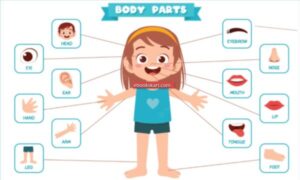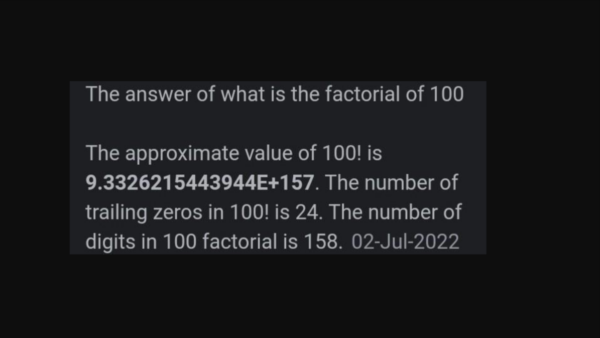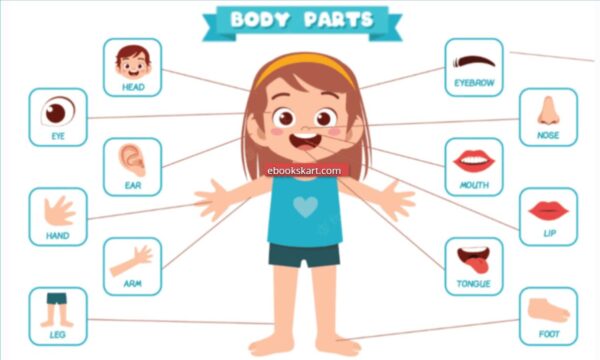Students tend to learn and recall information better when it is well-organized. They find it harder to remember the text than from their lecture notes. This is mainly due to the reason that lecture notes are well-organized, with clearly written pointers under each main point, in other words, a well-organized writing piece.
When taking notes from your textbook, you’ll probably realize that most of the subject material you are trying to note is not properly organized. Agreeably, taking text notes takes more time than underlining and highlighting, but it has its own share of benefits to provide. When you start writing the text information, you have the chance and margin to filter, organize, rephrase, add, etc. the information on your own accord. This helps the student to improve his or her comprehension for later reviews.
Research and field experts have concluded that taking notes of a particularly difficult topic might seem frustrating, but is in fact a great thing as the student reads and organizes a seemingly complex topic in a comprehensive and understandable manner. Eventually, the information stored in your long-term memory helps you to recall the important pointers in the assessments and final exams.
Although there are a number of reasons, but in this blog we are going to talk about two major ones that should encourage the students to organize the text information in their courses as clearly and relevantly as possible.
Some Topics Lack Subheadings
College and university degree programs normally come with courses that contain lengthier topics under a single main heading. Chapters in psychology, law sciences, philosophy, etc. are some of the common examples. In such topics you will notice that there are few or no subheadings at all to divide the subject material under the main heading into chunks. This comes quite a challenge for the students to select and organize the main pointers from the topic.
The large chunk of connected information makes it difficult to understand all at once. You might mark the text to filter it, but organizing the information is a different thing. This is why headings become a lifesaver throughout the semester, it helps the students by presenting as cues and associations for recalling during study sessions and exam preparations. However, when you have only one heading to cover more than 15 to 20 details, it will become difficult for you to recall everything at once. This is why subheadings are considered in order to break ongoing, complex subject material in the form of bite-sized chunks.
Furthermore, subheadings assist students in organizing the information. Consider the example of “Reasons for Germany’s Defeat in World War 2” topic discussed in the History class. Even though, we are only talking about the reasons, but still the topic is quite a debate in itself covering a plethora of aspects and arguments. Here students could slice the subject material into chunks for a better comprehension, for instance, internal factors, external factors, Hitler’s conflict of opinions with military generals, pre-war events, etc.
This is where appropriate organizing of the text helps you, especially in review and exam preparation, and coursework writing sessions.
Some Topics Incorporate Details with Many Headings
It is not uncommon to read topics that contain a number of details dispersed across multiple headings, for example, chapters in law, geography, etc. Consider the following situation:
Have you felt confused when coming across additional concepts of Algebra or Geometry in the topics of Differential Calculus? In exams, will you consider these theorems and formulas in a question from the Algebra section, or will you take those details and different applications under the umbrella of Differential Calculus?
In any degree program, advanced courses or electives have the habit of discussing things from previous courses in order to relate the fundamentals with the new topics as an extension or in-depth understanding of the subject material. You must have studied the atomic structure in chemistry in high school, but in bachelors and masters in physical chemistry and related fields, you’ll learn the same topic from mathematical representations too.
When we talk about organization, it becomes extremely important in such cases where you need to identify the similarities and differences between the details discussed. Unfortunately, failing to incorporate the relevant organization of the text leads to confusion, as not all the headings in the topic can serve a strong cue for the details referring to other topics.
Author Bio:
Francoise Leblanc is a professional educational psychologist having experience of working with some of the best institutions worldwide. Apart from his regular job and passion in writing informative blogs for college and university students, Matt also works as an accomplished online dissertation help provider with a registered client base under his certified expertise.








